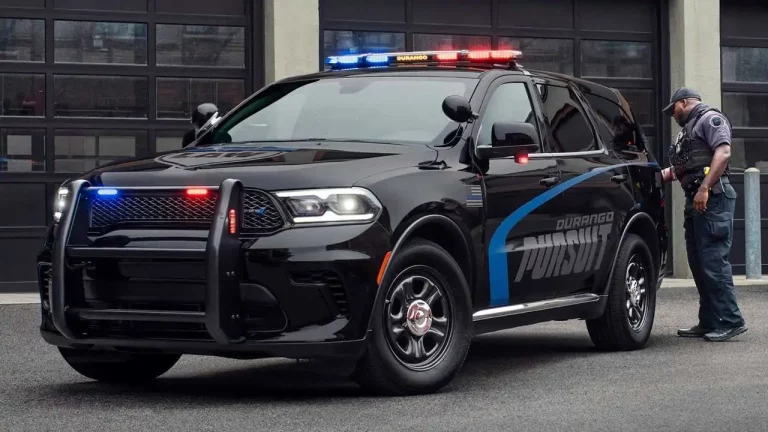List Of States That Require Front License Plates
List of States That Require Front License Plates
In the United States, the requirement for displaying front license plates varies by state. As of now, about 31 states require vehicles to have two license plates—one on the front of the vehicle and one on the rear. The states that mandate front license plates generally do so to make it easier for law enforcement and security cameras to identify vehicles.
Here is a list of states that require front license plates:
- Alaska
- California
- Colorado
- Connecticut
- District of Columbia
- Hawaii
- Idaho
- Illinois
- Iowa
- Maine
- Maryland
- Massachusetts
- Minnesota
- Missouri
- Montana
- Nebraska
- Nevada
- New Hampshire
- New Jersey
- New York
- North Dakota
- Ohio
- Oregon
- Pennsylvania
- Rhode Island
- South Dakota
- Texas
- Utah
- Vermont
- Virginia
- Washington
- Wyoming
These states believe that having license plates on both the front and rear of a vehicle can help in various situations, including traffic enforcement, toll collection, and the recording of incidents on the road. In contrast, states that do not require a front license plate often cite cost savings, aesthetic preferences, or the vehicle design, which may not easily accommodate a front plate, as reasons for not mandating them.
What Are The Advantages Of Having A Front License Plate?
Having a front license plate on vehicles, though not universally required across all states, offers several distinct advantages, particularly in terms of law enforcement and general safety. Here are some key benefits:

-
Easier Identification by Law Enforcement: Front license plates make it simpler for police officers and traffic cameras to identify vehicles from the front. This is crucial in traffic enforcement, tracking vehicles involved in violations, or identifying vehicles in hit-and-run incidents.
-
Enhanced Toll Collection: Many toll roads use automatic license plate recognition technology to bill drivers. Having plates on both the front and rear of a vehicle improves the accuracy of these systems, ensuring that tolls are billed correctly and efficiently without causing traffic delays.
-
Security and Surveillance: Front license plates aid in the security and surveillance efforts, not just by law enforcement but also by private security systems that track vehicles entering or leaving properties. This can be especially useful in gated communities, parking lots, and commercial areas.
-
Crime Solving: In criminal cases, such as abductions or robberies, having a front license plate can be crucial in the rapid identification and tracking of suspect vehicles. This can be pivotal in preventing a crime or capturing suspects.
-
Reducing Insurance Fraud: Front license plates can help in investigating cases of insurance fraud, such as false claims of hit-and-run accidents. Clear identification of a vehicle involved in an incident helps insurance companies verify claims more effectively.
-
Public Safety: For incidents involving pedestrians, cyclists, or other vehicles, front license plates provide a reliable means for witnesses or surveillance footage to identify and report vehicles involved in unsafe behaviors or accidents.
-
Uniformity and Fairness: In states that require front plates, all vehicles are uniformly marked for easier identification. This can be seen as a measure of fairness, ensuring that all vehicle owners are subject to the same regulations.
Is It Illegal Not To Have A Front License Plate?
Whether it’s illegal not to have a front license plate depends on the state in which you’re driving. In the United States, approximately 31 states require vehicles to display two license plates, one on the front and one on the rear. If you are in one of these states and your vehicle is only equipped with a rear plate, it is indeed illegal to drive without a front license plate.

In states that mandate front license plates, failing to display one can lead to traffic citations, fines, and potentially having to appear in court. It’s important to comply with these regulations to avoid legal issues.
However, the remaining states only require a single license plate, which is typically mounted on the rear of the vehicle. In these states, it is perfectly legal to drive without a front license plate.
Frequently Asked Questions
Why does Florida not have front license plates?
Florida has maintained a single license plate system since 1922. The decision to move to a two-plate system would involve higher registration costs for vehicle owners. Previously, from 1918 to 1922, Florida did have a two-plate system.
Can I put an old license plate on the front of my car in Florida?
Yes, you can, as long as your vehicle’s rear plate is properly placed, registered, and visible. However, remember to conform to the specifications of the state law.
Why do Teslas not have front license plates?
Many states don’t mandate front license plates, hence they’re not installed by Tesla at the factory. While the mount for the plate is provided, installation is optional, and some customers prefer removable mounts like SnapPlate.
What states is it illegal to not have a front license plate?
In 29 states, including California, Colorado, and Connecticut, it’s illegal not to have a front license plate. The laws vary by state, so it’s important to be aware of the specific regulations in each state you’re driving in.

Hi! I’m Larry Gibbs, studying mechanical engineering with a focus on cars. I really love Ferraris and write blog posts about the latest car stuff. When not studying or blogging, I’m usually on a road trip exploring new places. I also enjoy playing football and watching movies. Life’s an adventure, and I’m all about enjoying the ride!







